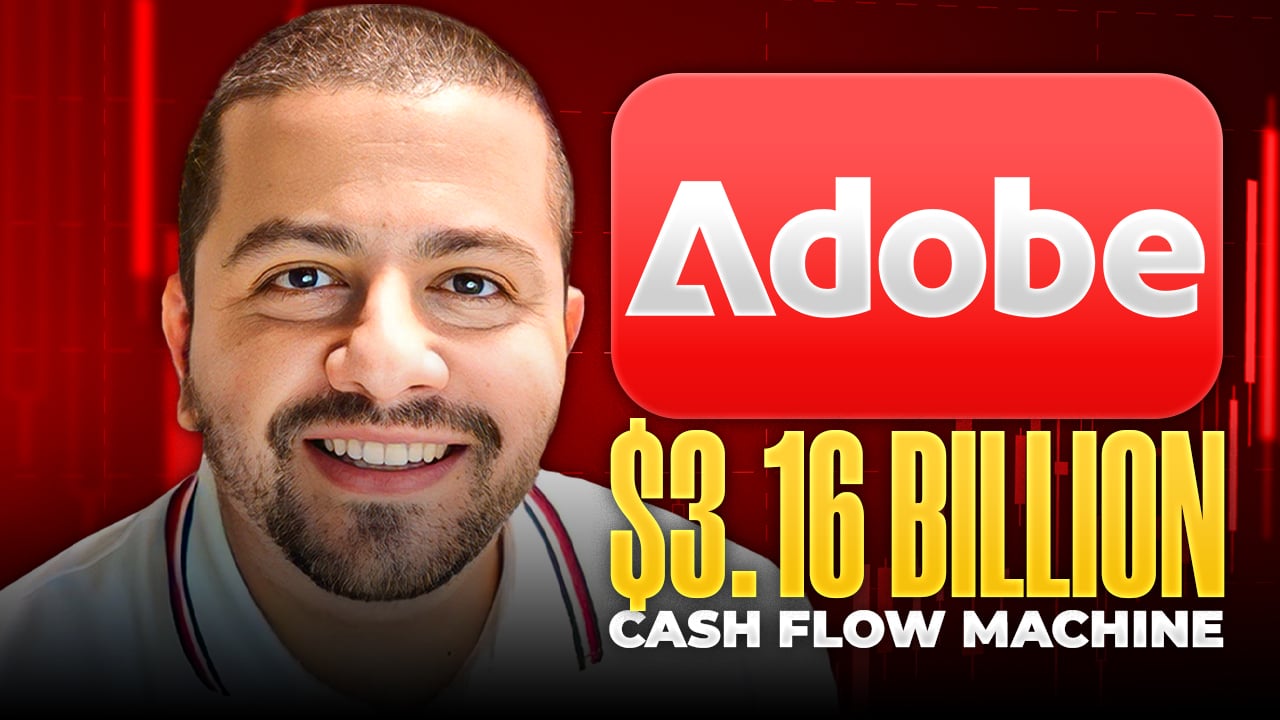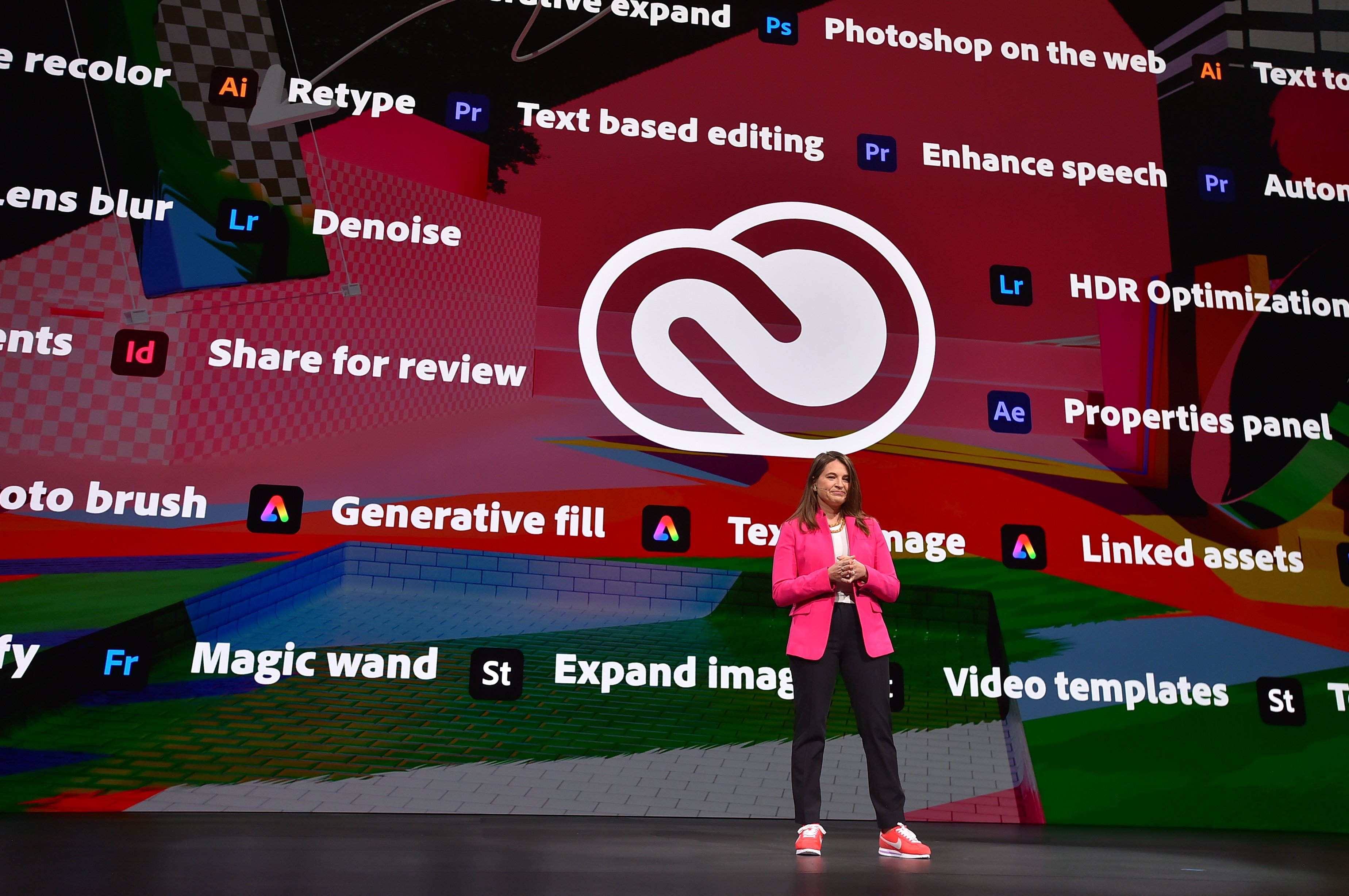The current technology sector rally has been largely driven by Apple, Microsoft, and the semiconductor industry. Broadly speaking, the software industry has been lagging behind. However, Adobe's (ADBE +0.03%) latest quarterly results show that its artificial intelligence (AI) investments are paying off. Meanwhile, Broadcom (AVGO +1.00%) is on track to generate over $50 billion in revenue this fiscal year -- a milestone for the chip company. And the things that are going right for Adobe and Broadcom show why the technology sector deserves its premium valuation.

Image source: Getty Images.
Adobe is justifying increased AI spending
After releasing downbeat full-year guidance in its fiscal first-quarter report, Adobe surprised investors by raising its guidance after delivering blowout fiscal second-quarter earnings. For the period, which ended May 31, the company announced solid results across its Creative Cloud, Document Cloud, and Experience Cloud segments, especially with enterprise customers.
Adobe and other enterprise software companies have been investing heavily in AI. But so far, their results haven't been that great. Salesforce shares fell hard after it published its latest quarterly report, which showed growth stalling as its expenses mounted.
Adobe's latest report changed the narrative for enterprise software companies and proved that these investments can pay off in time. However, Adobe's growth is still far from rapid. Its updated fiscal 2024 guidance calls for $21.40 billion to $21.50 billion in revenue and non-GAAP earnings per share (EPS) of $18 to $18.20. For context, in its fiscal 2023, it brought in $19.41 billion in revenue and $16.07 in non-GAAP EPS. If it hits the midpoint of its guidance ranges, that will amount to just 10.5% revenue growth and 12.6% EPS growth.
There's an old saying: "When there's a gold rush, sell picks and shovels." That advice certainly applies in the tech sector right now. There are more reliable profits to be made in selling tools to the prospectors than there are in digging for gold. In this case, it's easier to mint cash by selling high-powered chips to power AI systems than it is to get rich with AI services. Adobe and its software peers are pouring money into AI investments in the hope of striking gold. Adobe's innovative product developments and improving financials indicate that it is on the right track, but it is still far from striking gold with AI.

NASDAQ: ADBE
Key Data Points
Despite a four-fold surge in three years, Broadcom isn't overpriced
Broadcom is a perfect example of the power of a "pick-and-shovel model" during a gold rush.
For its fiscal 2024 second quarter (which ended May 5), Broadcom's revenue hit a record $12.49 billion, $3.1 billion of which was related to AI products. For its full fiscal year, Broadcom is guiding for $51 billion in revenue and adjusted EBITDA of $31.1 billion. In its fiscal 2023, it brought in $35.8 billion in revenue -- so it's projecting a top-line increase of 42.4%. However, a lot of that is due to its $61 billion acquisition of VMware, which it completed in November.
The infrastructure and software solutions company has seen its market cap more than quadruple over the last three years to more than $800 billion. That makes Broadcom the ninth most valuable company in the S&P 500 -- behind Eli Lilly and ahead of JPMorgan Chase.
Even after that run-up, Broadcom isn't a terribly expensive stock. Analysts' consensus estimates for its EPS are $47.30 for its fiscal 2024 and $58.87 for its fiscal 2025. That gives it a forward price-to-earnings ratio of 29.5 for fiscal 2025. That's not a bad price for a stock that is up a ton over a short period of time. However, the semiconductor industry is cyclical, and Broadcom's results could fall badly short of expectations if client spending slows.
Broadcom has announced a 10-for-1 stock split that is scheduled to take effect on July 15. Companies' share prices often pop following splits -- case and point, leading AI chipmaker Nvidia surged shortly after its recent split. Broadcom's stock split will allow investors to buy a full share for around a tenth of the $1,735 that it currently trades for, which will make the stock more liquid, and more accessible to small investors who might not have access to fractional share trading. Still, investing in a company just because it is splitting its stock is a bad idea. A split does nothing to fundamentally change the value of the underlying business.
However, Broadcom's strong results and guidance are important for the wider tech sector because they showcase the depth and breadth of AI-driven value creation. The company's Ethernet networking switches and AI accelerators for hyperscale customers are driving its AI revenue -- which is now expected to be $11 billion in fiscal 2024. That's more than the entire company's top line less than a decade ago.
Broadcom makes tons of storage and system products, wireless and wired connectivity solutions, fiber optic solutions, cable modems, software and cybersecurity products, and more. Its broad-based portfolio of semiconductor and infrastructure solutions makes it a good bellwether for the broader industry -- perhaps an even better one than Nvidia. So when Broadcom's core business and AI growth are both doing well, it's a great sign that conditions are strong across the semiconductor industry.

NASDAQ: AVGO
Key Data Points
The best way to approach the tech sector
The tech sector is one of the most uniquely diversified sectors in the market. There are the integrated majors like Apple and Microsoft. Then there are the software giants, cloud infrastructure companies, semiconductor designers and manufacturers, electronic parts and components suppliers, and more. Which of those subgroups is leading the way for the sector can change based on myriad factors, such as valuation, growth, or the cyclicality of the business cycle. Now that the semiconductor industry has rallied so much in such a short period of time, some investors may be inclined to sell tech stocks in search of other opportunities. But some pockets of the sector, like enterprise software, have lagged behind, and they still have the opportunity to make up that ground.
Instead of betting on a particular tech industry segment or company, some investors may prefer to put their money into an exchange-traded fund (ETF) like the Vanguard Information Technology ETF. Its expense ratio is just 0.1% and it provides diversified exposure to the entire sector, so it's a low-cost way to bet on a sustained gold rush in AI rather than choosing a particular supplier of "picks and shovels" like Broadcom or a specific "miner" like Adobe.
Ultimately, the sector's performance heavily depends on Apple, Microsoft, and Nvidia since they all sport market caps over $3 trillion. Strong results and upbeat guidance from industry leaders like Adobe and Broadcom indicate that the sector isn't overextended and could still be a good value.
Aside from buying an ETF, the best way to approach the tech sector is by investing in companies you believe can compound their earnings growth over the long term rather than beat expectations for a quarter or two. The higher the expectations built into a stock's price, the more room there is for disappointment to send it tumbling. Maintaining a time horizon of at least three to five years will help ensure your priorities align with an investment thesis rather than getting too caught up in the market's noise.





